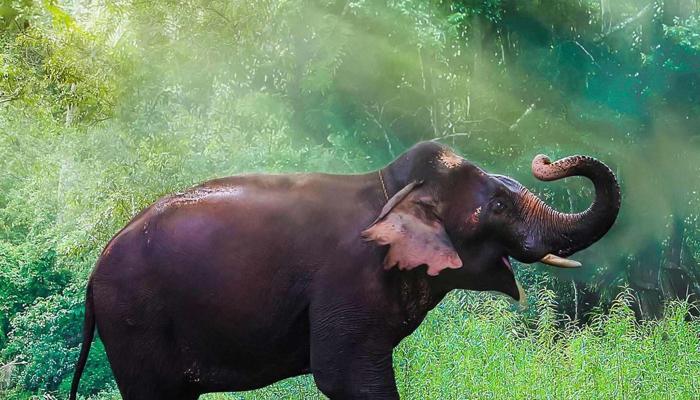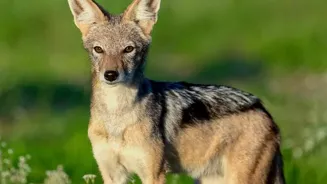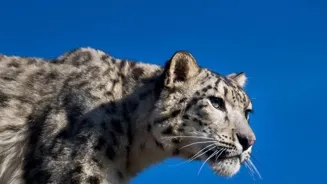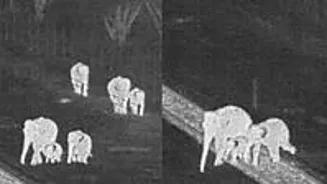Uncover the intricate social lives of Indian elephants in the wild. Dive into their matriarchal societies, strong family bonds, and communication methods. Discover the vital importance of understanding
and protecting these majestic creatures. Delve deeper into their world
The forests of India echo with the calls of its most majestic inhabitants: the Indian elephant. Beyond their impressive size and gentle demeanor lies a complex social structure that has fascinated scientists and conservationists for years.
Understanding this intricate web of relationships is crucial for the effective management and protection of these magnificent creatures. They are more than just animals; they are families, deeply connected and reliant on each other for survival. Their social behaviour shapes their lifestyle.
Matriarchal Indian elephants crucial for herd survival
Indian elephants live in matriarchal societies, meaning the oldest and most experienced female leads the herd.
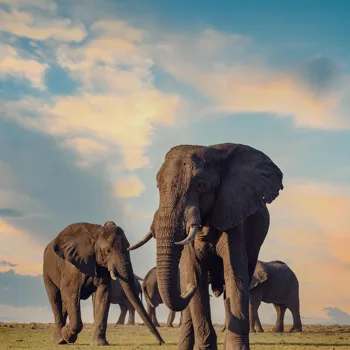
This matriarch holds immense knowledge, guiding the group to food and water sources, remembering migration routes passed down through generations, and making crucial decisions during times of danger. Her wisdom is the cornerstone of the herd's survival, particularly during harsh seasons.
The young ones learn from the matriarch's experiences, ensuring that the accumulated knowledge is passed on to future generations. This dependence on the matriarch underscores the importance of protecting these elder elephants.
Elephant herd's strong family bonds ensure collective care for calves
Family bonds within an elephant herd are incredibly strong. Calves are raised collectively, with all the females in the herd pitching in to care for and protect them. This collaborative approach to childcare ensures that the young ones receive the attention and support they need to thrive.
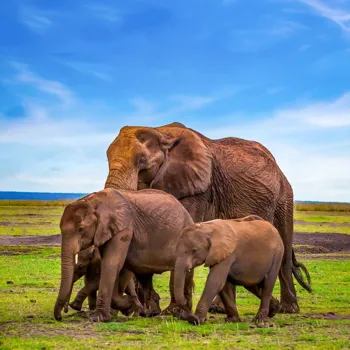
Older siblings often take on the role of "babysitters," keeping a watchful eye on the younger calves while their mothers forage for food. This close-knit family structure provides a sense of security and belonging for all members of the herd, especially the vulnerable young.
The safety of the herd as a whole is more important.
Male elephants leave herds to form groups for survival
Male elephants, known as bulls, typically leave their natal herds as they reach adolescence to live solitary lives or form loose associations with other males. These bull groups are often fluid, with members joining and leaving as they please.
However, these interactions allow young males to learn from their elders and develop the skills necessary for survival and eventual mating. The experience and knowledge passed down among males help them take better decisions.
Despite their independent nature, bulls still maintain a basic awareness of the location of their birth herds.
Elephants use diverse methods to communicate for survival
Communication is key to the functioning of elephant society. They use a variety of methods to convey their needs and emotions, including vocalizations, body language, and even seismic signals that travel through the ground.
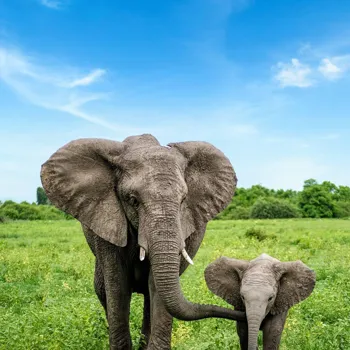
Low-frequency rumbles can travel for kilometers, allowing elephants to communicate with other herds or individuals over long distances. These calls are crucial for coordinating movements, warning of danger, and maintaining social bonds.
Understanding the different forms of elephant communication is vital for conservationists trying to monitor and protect these animals.
Indian elephants face threats due to habitat loss and human conflict, requiring conservation efforts
The social structure of Indian elephants is not static; it is constantly evolving in response to changing environmental conditions and human pressures. Habitat loss, fragmentation, and human-wildlife conflict are all posing significant threats to elephant populations.
As their habitat shrinks, elephants are forced to compete with humans for resources, leading to increased conflict and displacement.
Understanding the complexities of their social lives is vital for developing effective conservation strategies that protect not just individual elephants, but also entire families and communities. So we all need to be cautious.
AI Generated Content. Glance/InMobi shall have no liability for the content